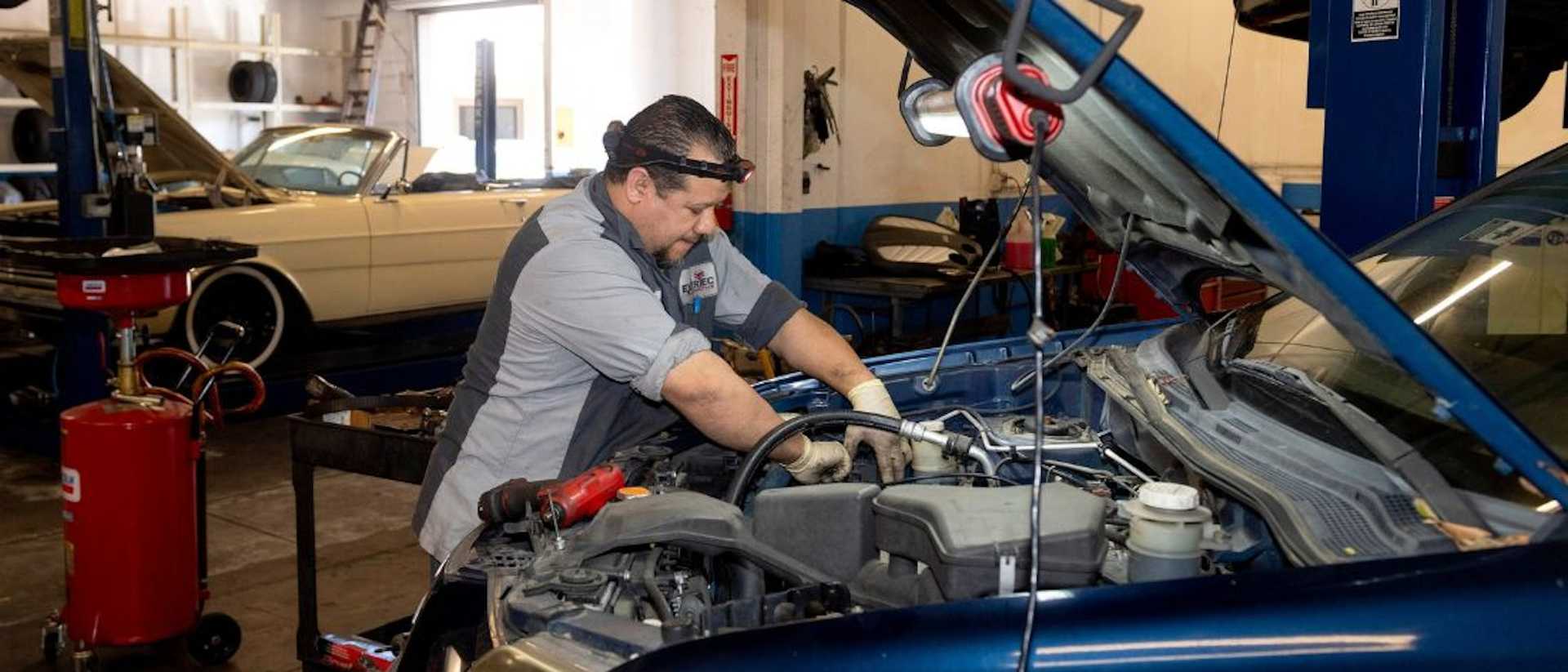Fixed vs. Variable Loans: Understanding the Key Differences

Introduction
When financing a major purchase or investment, most people turn to loans as a viable option. However, with so many types of loans available, it can take time to determine which one is right for you. One of the most critical decisions you'll need is whether to go for a fixed or variable loan.
Understanding the key differences between fixed and variable loans is essential for making an informed decision regarding borrowing money in Australia. In the following sections, we'll delve deeper into each loan type's features, advantages, and disadvantages to help you determine which one is right for your needs.
Overview of the Australian lending market
In Australia, the lending market is highly competitive, with numerous lenders offering a wide range of loan products, including fixed and variable loans. The Reserve Bank of Australia (RBA) sets the official cash rate, which influences the interest rates offered by lenders across the country. Additionally, the Australian Securities and Investments Commission (ASIC) and the Australian Prudential Regulation Authority (APRA) regulate the lending market in Australia to ensure consumer protection and stability in the financial sector. Let’s dive in and compare fixed and variable loans.
Fixed Rate Loans
A fixed-rate loan is a loan whose interest rate is locked in for the entire loan term. This means the interest rate will not change, regardless of market conditions or the lender's official cash rate. Fixed-rate loans are usually offered for terms ranging from one to five years and sometimes longer.
Advantages

Certainty of repayments
One of the primary advantages of a fixed-rate loan is the certainty it provides when it comes to repayments. With a fixed-rate loan, you know exactly how much you must pay each month, making budgeting and planning more manageable.
Protection against interest rate hikes
Fixed-rate loans also offer protection against interest rate hikes. Even if the official cash rate goes up, your interest rate will remain the same, ensuring that your repayments stay consistent.
Easier budgeting
With a fixed-rate loan, you can easily budget for your repayments, knowing that your interest rate and repayments will not change for the loan's duration. This makes planning and managing your finances easier, as you can accurately forecast your future payments.
Disadvantages
Higher initial interest rate
The main disadvantage of a fixed-rate loan is that the initial interest rate is usually higher than a variable-rate loan. This is because the lender is taking on more risk by fixing the interest rate for the loan term.
Lack of flexibility
Fixed-rate loans also need more flexibility, meaning that you may not be able to make extra repayments or pay off the loan early without incurring break costs.
Potential break costs
Break costs are fees the lender charges if you pay off a fixed-rate loan early or refinance to another lender. These costs can be significant and negate any potential savings you may have gained from a lower interest rate.
Variable Rate Loans

Variable-rate loans are loans with an interest rate that can fluctuate up or down depending on market conditions and other factors. The interest rate is usually tied to the official cash rate set by the Reserve Bank of Australia, with lenders adjusting their interest rates accordingly.
Advantages
Lower initial interest rate
Variable-rate loans generally come with a lower initial interest rate than fixed-rate loans. This can make them a more affordable option for borrowers, especially in a low-interest rate environment.
Flexibility
Variable-rate loans are generally more flexible compared to fixed-rate loans. They often come with features such as offset accounts, redraw facilities, and the ability to make extra repayments without penalty.
The potential for interest rate decreases
Variable-rate loans offer borrowers the potential for interest rate decreases, which can lead to lower repayments and reduced overall borrowing costs.
Disadvantages
Uncertainty of repayments
With a variable-rate loan, borrowers are uncertain of fixed repayments and may experience fluctuations. This can make it challenging to budget and plan finances, especially for those on a tight budget.
Exposure to interest rate hikes
Variable-rate loans are exposed to interest rate hikes, which can lead to higher repayments. This can be particularly challenging for borrowers with limited cash flow or those on a fixed income.
Potential for higher repayments
While variable-rate loans offer the potential for interest rate decreases, they also come with the risk of potential interest rate increases. This can lead to higher repayments and increased borrowing costs, especially if interest rates rise significantly.
Choosing the Right Type of Loan

Choosing the right type of loan is an important decision that can impact a borrower's finances for many years. Some of the key factors to consider when choosing between fixed and variable-rate loans include:
- Personal circumstances: Borrowers should consider their circumstances when choosing a loan. This includes their income, expenses, and other financial obligations.
- Market conditions: Market conditions can impact the interest rates on loans, making it important to consider the current and future economic environment when choosing a loan.
- Loan features and benefits: Borrowers should also consider the features and benefits of each loan option, such as offset accounts, redraw facilities, and the ability to make extra repayments.
How to make an informed decision

To make an informed decision when choosing between fixed and variable-rate loans, borrowers can take the following steps:
- Research and compare loan options: Borrowers should research and compare loan options from different lenders to find a loan that meets their needs. This includes comparing interest rates, fees, and loan features.
- Seek professional advice: Borrowers can seek advice from a financial advisor or mortgage broker to help them make an informed decision. These professionals can guide loan options, market conditions, and other factors to consider.
- Consider your long-term financial goals: Borrowers should consider their long-term financial goals when choosing a loan. For example, a variable-rate loan may be better if they plan to sell their property within a few years. Suppose they plan to keep their property for many years.
Conclusion
When choosing a loan, borrowers should take the time to research and compare loan options, seek professional advice, and consider their circumstances and long-term financial goals. By making an informed decision, borrowers can choose a loan that meets their needs and supports their economic well-being.
If you're in the market for a loan and looking for fixed or variable options, Driva is here to help. Driva is a digital personal vehicle loan broker that can help you find the right loan for your needs. With access to over 30+ lenders and a diverse range of loan options, Driva can help you compare rates, fees, and features to find a loan that meets your unique circumstances and preferences. Use our Personal Loan Calculator to understand your borrowing power and make informed decisions.


.png)







